25 Years On: The Sydney Olympic Park Aquatic Centre
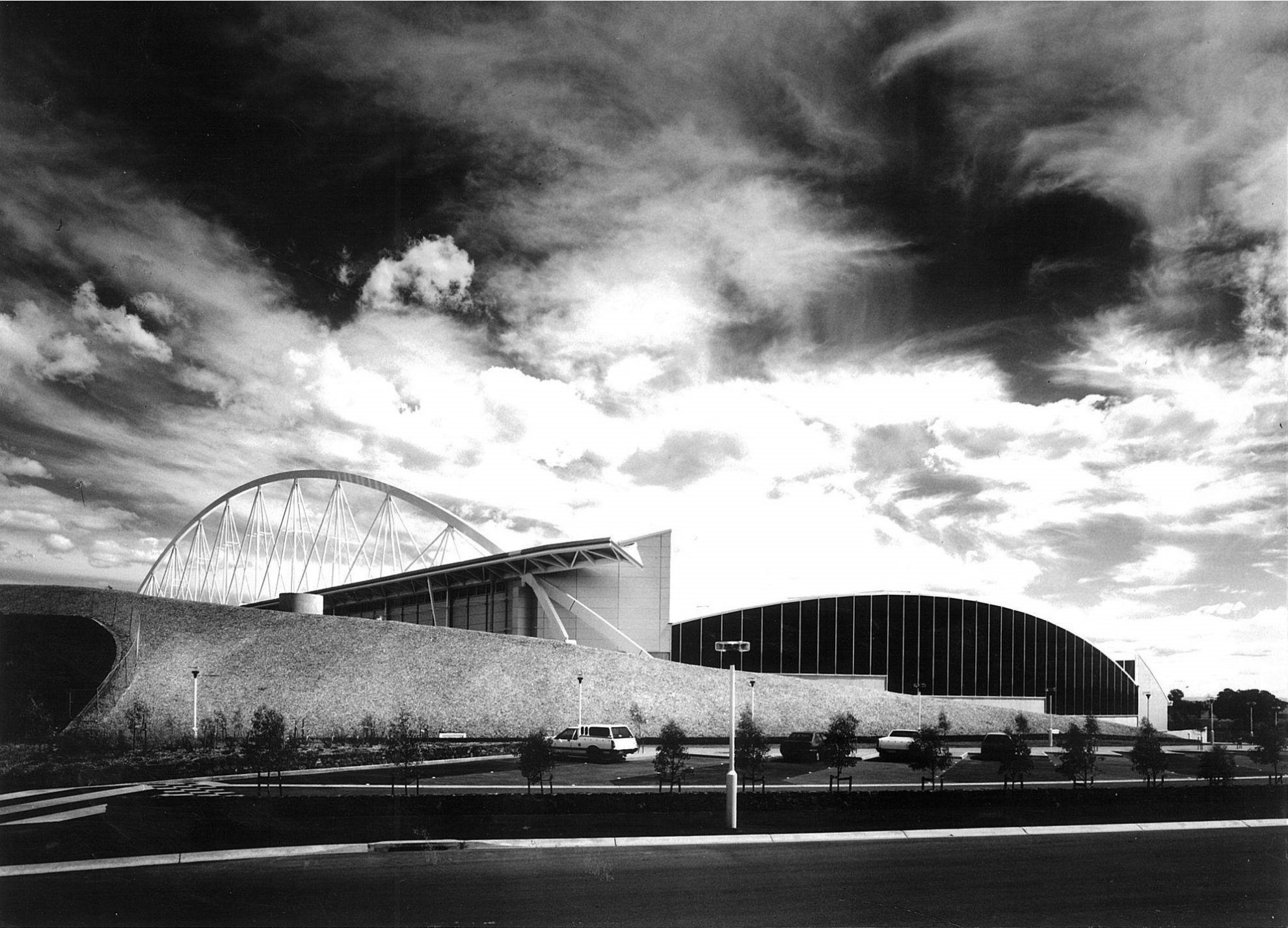
The Sydney Olympic Park Aquatic Centre was designed for both spectacle and legacy – a venue where the architecture itself amplified the drama and performance of the world’s top athletes, while also enduring long after the Games.
At the 2000 Olympics, the Sydney Olympic Park Aquatic Centre became the setting for one of Australia’s most memorable collective sporting achievements. Across a single week in September, exactly 25 years ago, Australian swimmers claimed fifteen medals – seven gold, five silver and three bronze. From Susie O’Neill’s 200-metre freestyle victory to Ian Thorpe’s record-breaking swims, from Grant Hackett’s commanding 1500-metre win to relay triumphs.
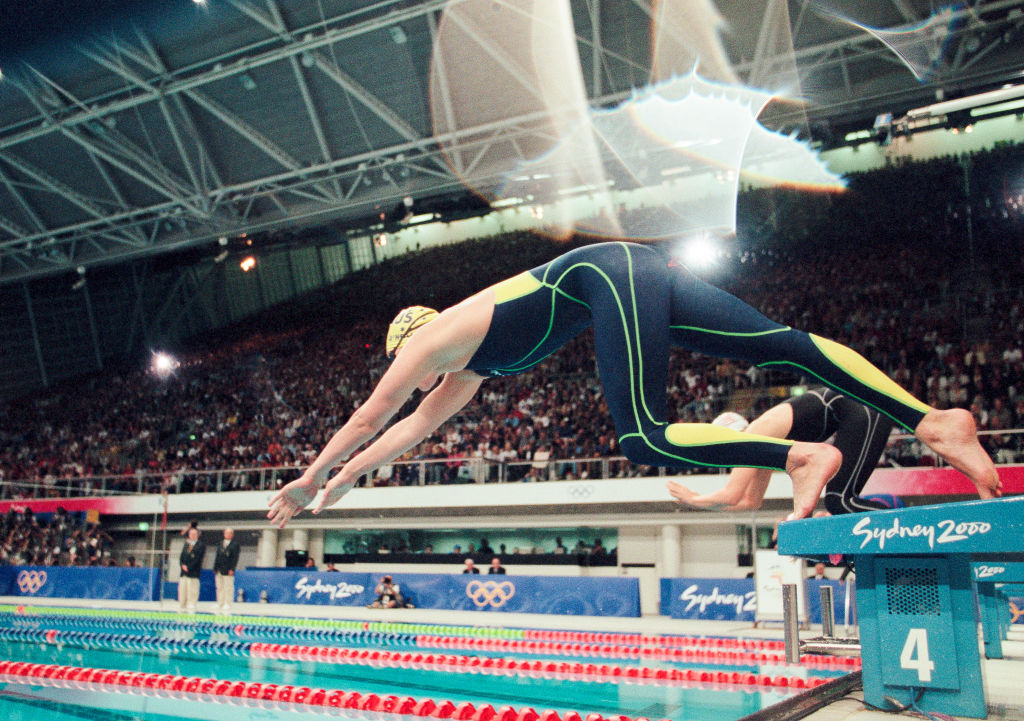
Above: Susie O’Neill AM during her gold medal winning swim at the Sydney Olympic Park Aquatic Centre
The venue was never intended to simply be a ‘container’ for the event. Its technically precise, supporting an environment where these moments could unfold. O’Neill’s gold medal, alongside the achievements of Klim, Hackett, Perkins, Thomas, Jones, Welsh and others, is inseparable from the place in which they were won. In this sense, the Aquatic Centre becomes an archive of collective memory. Even 25 years on, its presence transports those who witnessed the Sydney Games, whether in the stands or on television, back to those moments.
Recently, COX Director Richard Coulson attended RPI’s Beyond 2032 lunch, joined by Susie O’Neill AM. The event brought together local councils, state departments, and industry specialists to explore what truly makes a difference to the athlete experience and how that translates into a legacy for Queensland communities.
During the discussion, Susie reflected that the Sydney Olympic Park Aquatic Centre was the fastest pool she ever swam in. And the numbers back up that story: in front of 17,000 spectators (boosted from its usual 10,000 capacity), swimmers set fourteen world records and thirty-eight Olympic records.
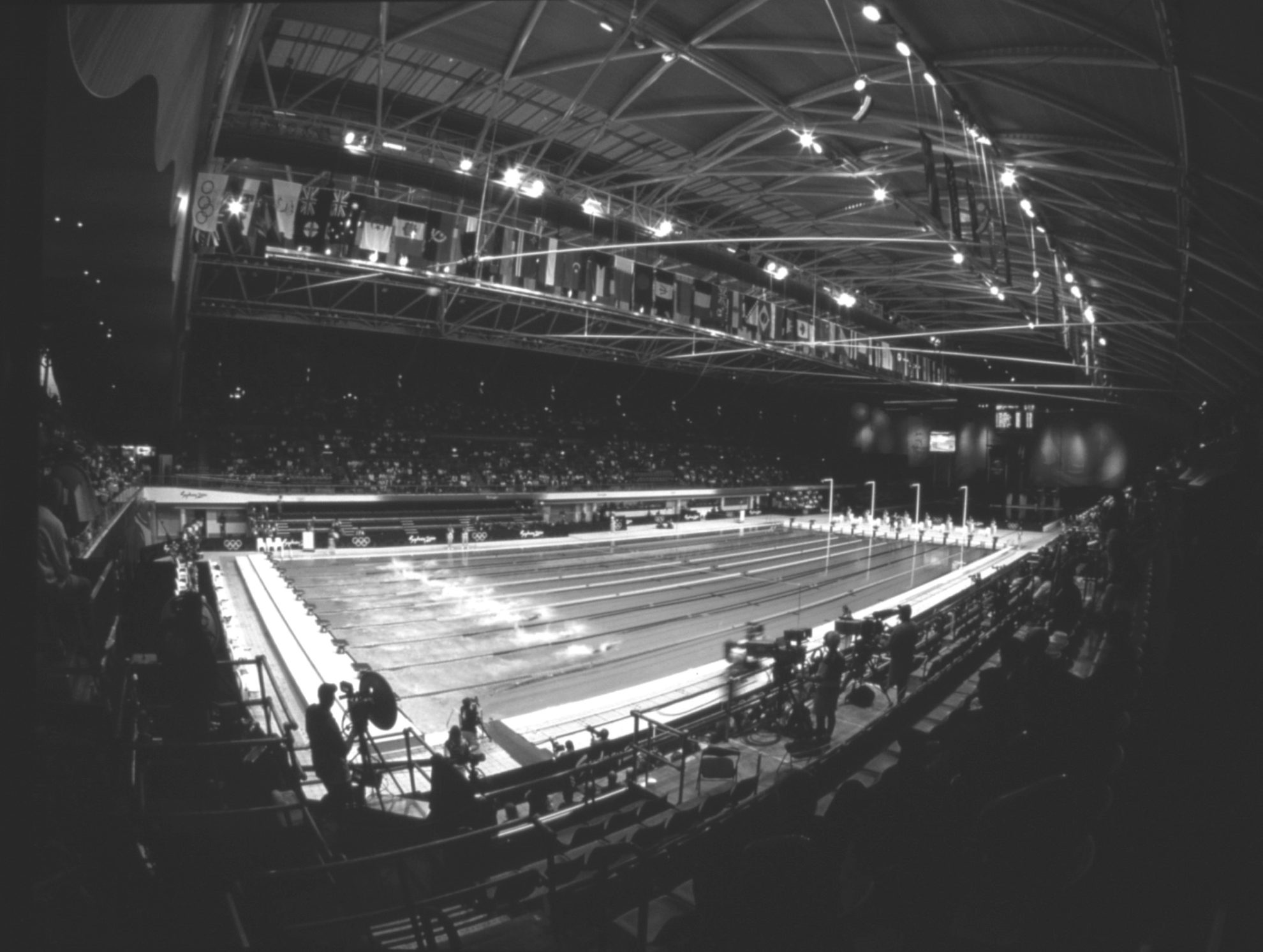
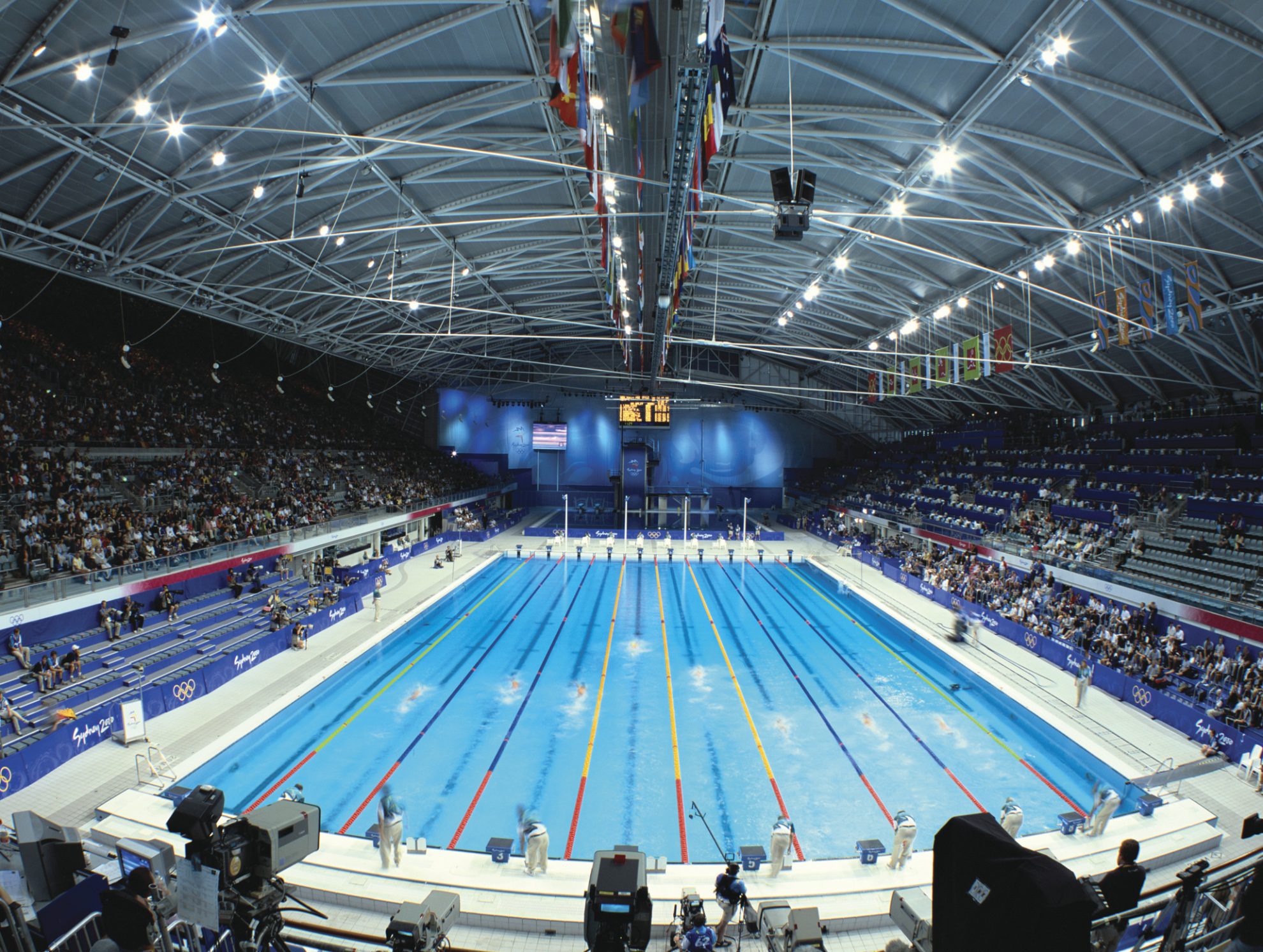
The Sydney Olympic Park Aquatic Centre also hosted multiple events outside of swimming. During the 2000 Games, it seamlessly accommodated diving, synchronised swimming (now artistic swimming), the medal rounds of water polo and the swimming portion of the modern pentathlon, each discipline demanding different technical requirements. The versatility of the venue was matched by Australia’s success within it, adding to our medal tally with a bronze in both the men’s 3-metre synchronised springboard and women’s 10-metre synchronised platform, and a historic gold in the inaugural women’s water polo tournament.
Below: The Australian Women’s Water Polo team celebrating their gold medal win. Image courtesy of Mark Dadswell.
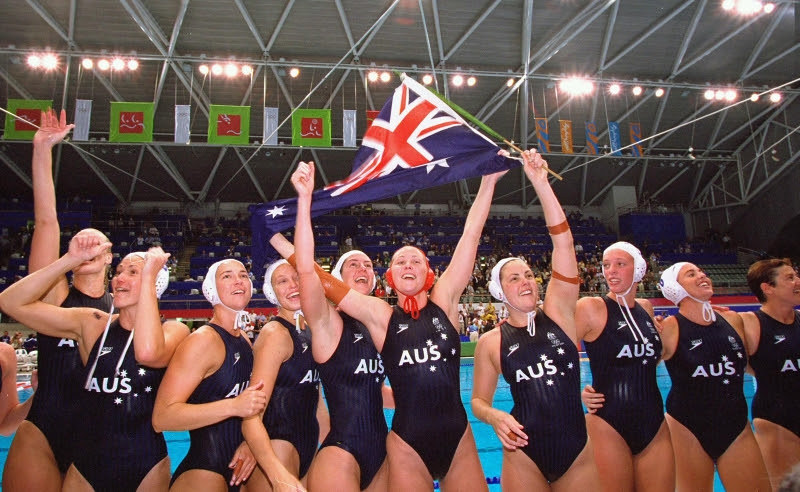
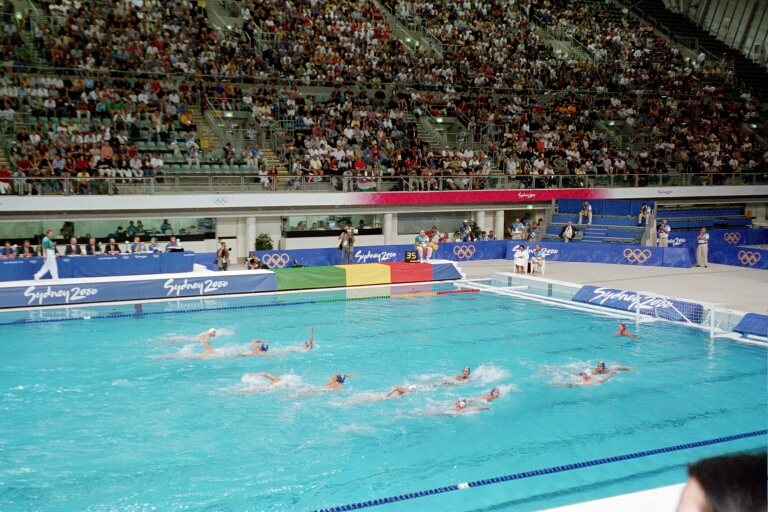
25 years on, the building continues to negotiate the dual demands of elite competition and public use. It hosts national championships and international meets, including hosting both the Aus Swimming Trials and Aus Short Course Championships in 2025, while also serving schools, clubs and community swimmers.
This venue highlights an essential question for Olympic architecture: how do you create venues designed for singular moments that remain vital, adaptable and open post Games?
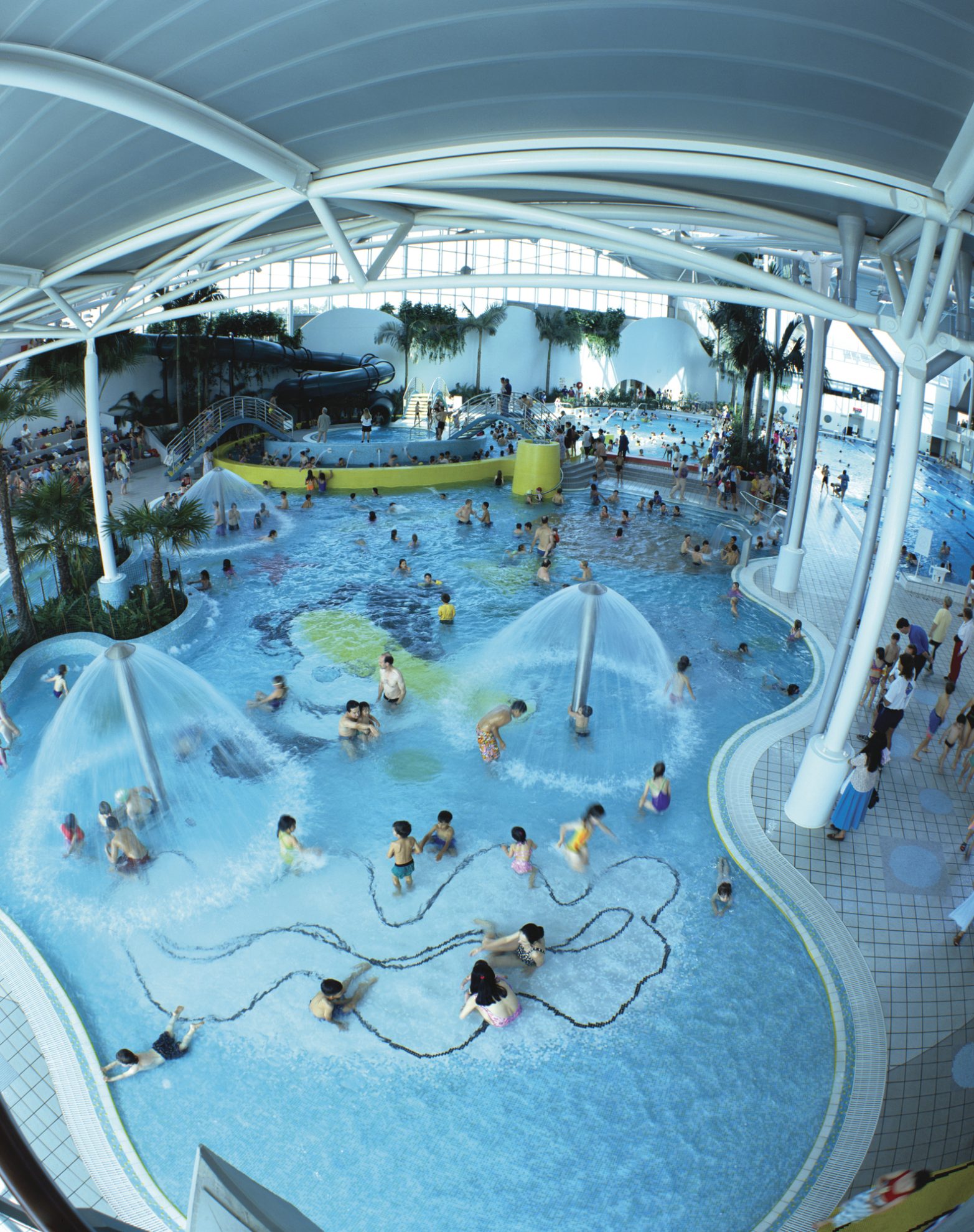
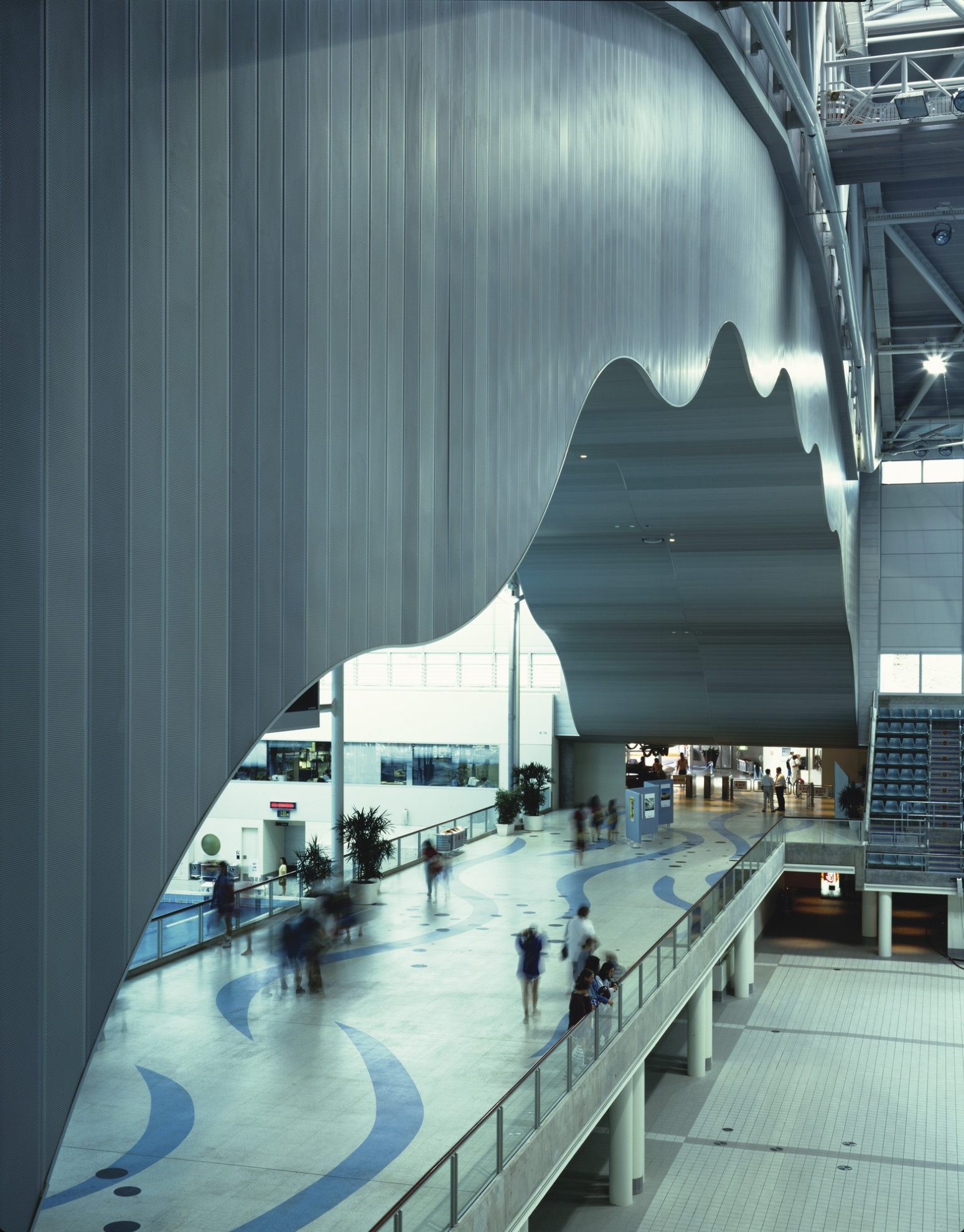
The Sydney Olympic Park Aquatic Centre suggests one answer. By embedding legacy into design – and creating spaces that balance the extraordinary and the everyday.
This venue, and many others from the 2000 Games and beyond, show how architecture drives performance. From the charged atmosphere it generates, to the way the building itself supports speed and precision. After four years – or more realistically, a lifetime – of intense training, these athletes deserve the very best. Venues that inspire pride. Venues where world records are set, and stars are made.
We believe Brisbane 2032 will be a success if it commits to great, high-performance, locally responsive architecture – something COX knows well.